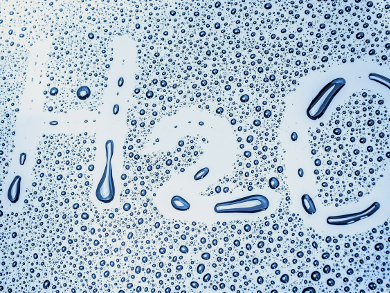Many regions of the world suffer from a lack of fresh water. Harvesting fog using meshes and collecting the drops of condensed water that fall from the netting is one approach to alleviate this problem. However, the meshes have a limited efficiency for collecting water from fog: coarse meshes have low collection rates, and fine meshes can become clogged and stop the stream of fog through the net. While superhydrophobic surface treatments can prevent clogging, they are often not durable enough for long-term use.
Jonathan B. Boreyko and colleagues, Virginia Tech, Blacksburg, USA, have designed fog harvesters that use fine, vertically arranged wires (“fog harps”) to avoid these problems. The fact that the wires run parallel to the water’s drainage path prevents clogging. As a result, the collection rate steadily increases with smaller wire diameters, with theoretical models predicting a plateau at about 100 μm.
The novel design maximizes the water collection efficiency. Compared with traditional mesh netting, equivalent “fog harps” showed a threefold improvement in the harvesting rate. This is a markedly higher improvement than can be achieved with a superhydrophobic coating. According to the researchers, the work could inspire the development of large-scale fog harps for use in regions that suffer from water scarcity.
- Fog Harvesting with Harps,
Weiwei Shi, Mark J. Anderson, Joshua B. Tulkoff, Brook S. Kennedy, Jonathan B. Boreyko,
ACS Appl. Mater. Interfaces 2018.
https://doi.org/10.1021/acsami.7b17488




